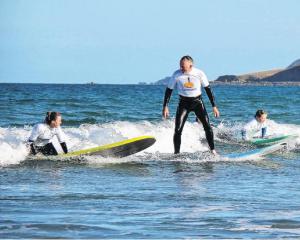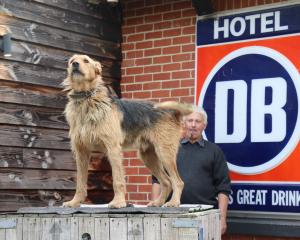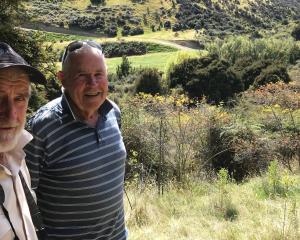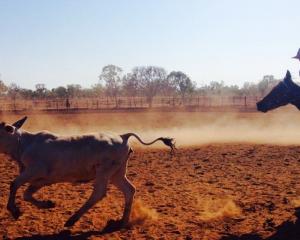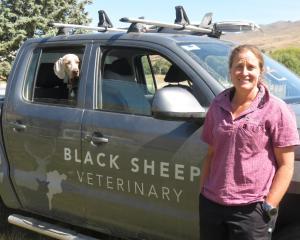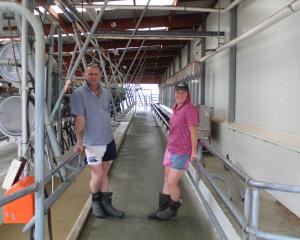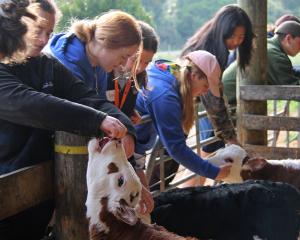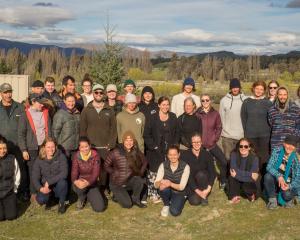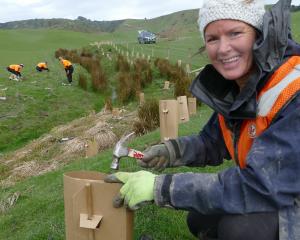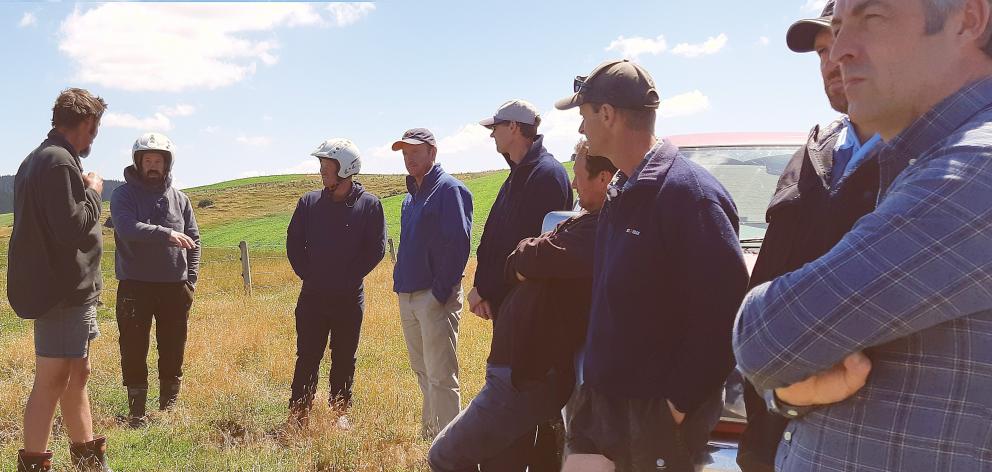
More than 900 farmers have signed up to the Red Meat Profit Partnership (RMPP) Action Network to help make their farming businesses more productive and profitable.
Each of the Action Groups involved chose a different pathway in the search for solutions to the challenges they faced.
Four action groups in the Milton and Lawrence districts had a lot in common, both in their origins and their goals.
They grew out of two large discussion groups of sheep and beef farmers running in these areas for several years before the RMPP programme kicked into action.
The common link between all four was Simon Glennie, a sheep, beef and deer farming consultant with AbacusBio.
He became the facilitator of the four groups, which signed up to the programme early last year, with the extension plans and budgets needed to qualify for the $4000-per-farm business funding that was available.
All the participants were good at farming but they did not want to miss opportunities to improve their businesses, Mr Glennie said.
In the Milton area, the Bruce District Agribusiness Action Group has a focus on business planning and financial management.
The group’s primary farmer, Craig Lister, said: ‘‘none of us knew what we wanted at the beginning, but we were keen to use the money available to investigate mutual issues.’’
Farm succession had been one of those issues. The group had also been investigating carbon farming, through forestry, and how that might fit with their businesses. They also had an accountant to advise them on handling finances and saving money.
Farmers in the other Milton group were focusing on pasture persistence and performance, finding out why their pastures were not lasting. So they were digging into areas such as growing crops and managing soil and pasture.
They had heard from soil and fertiliser specialists, as well as an entomologist who had been advising them on how to deal with insect pests.
The farmers have had a continuing battle with the Porina caterpillar and grass grub, clover root weevil and, more recently, Argentine stem weevil.
The Action Group members were developing land and environment plans to have a better record of what they were doing and identifying problem areas, for example, soil run-off into waterways, run-off from winter cropping, and shelter and shade needs.
The Milton group’s primary farmer, Robert Girvan, said getting access to specialists had been valuable.
‘‘At a recent gathering, an agronomist pointed out that farmers are all in a mad hurry to grow crops, but they aren’t always doing it the right way.
‘‘Just because they have a tractor that goes twice as fast, it doesn’t mean they have to ignore established and proven practices.
‘‘It’s going to take time, but people in the group are confident it is going to make a difference. It’s about dollars per hectare.
‘‘If we can grow more grass, feed stock better, get more lambs, with more weight, it’s making farming more profitable,’’ he said.
That group’s interest in improving crops and pasture and soil management was shared by one of the two action groups based in the Lawrence area.
The ‘‘Lawrence District better pastures to suit soils Action Group’’ was also investigating why pasture tended to deteriorate quickly in that area, and what to do about it. More effective pest and weed control was also on the agenda.
The group’s primary farmer, Nathan Joyce, recognised the benefits of using specialist advice to help farmers.
‘‘Farmers will get out of the project whatever they want to take home, but they are expecting to make improvements in pasture management.
‘‘Farmers are learning off each other and that’s a major thing. Farmers of this generation are a lot more open, willing to learn off each other and pass on advice.
‘‘Being able to tap into experts is good. They are freer with their time and advice on farm tours, with a smaller group. And having a strong facilitator is important so the group doesn’t go off on a tangent,’’ he said.
The second Lawrence group was more focused on animal production, specifically, increasing lamb numbers and growing heavier lambs at a faster rate, with the target of lifting lamb production by 10%. Those farmers had a particular interest in breeding, genetics and stock performance.
Mr Glennie said it was about finding the ‘‘sweet spot’’ between lifting lambing performance and production.


